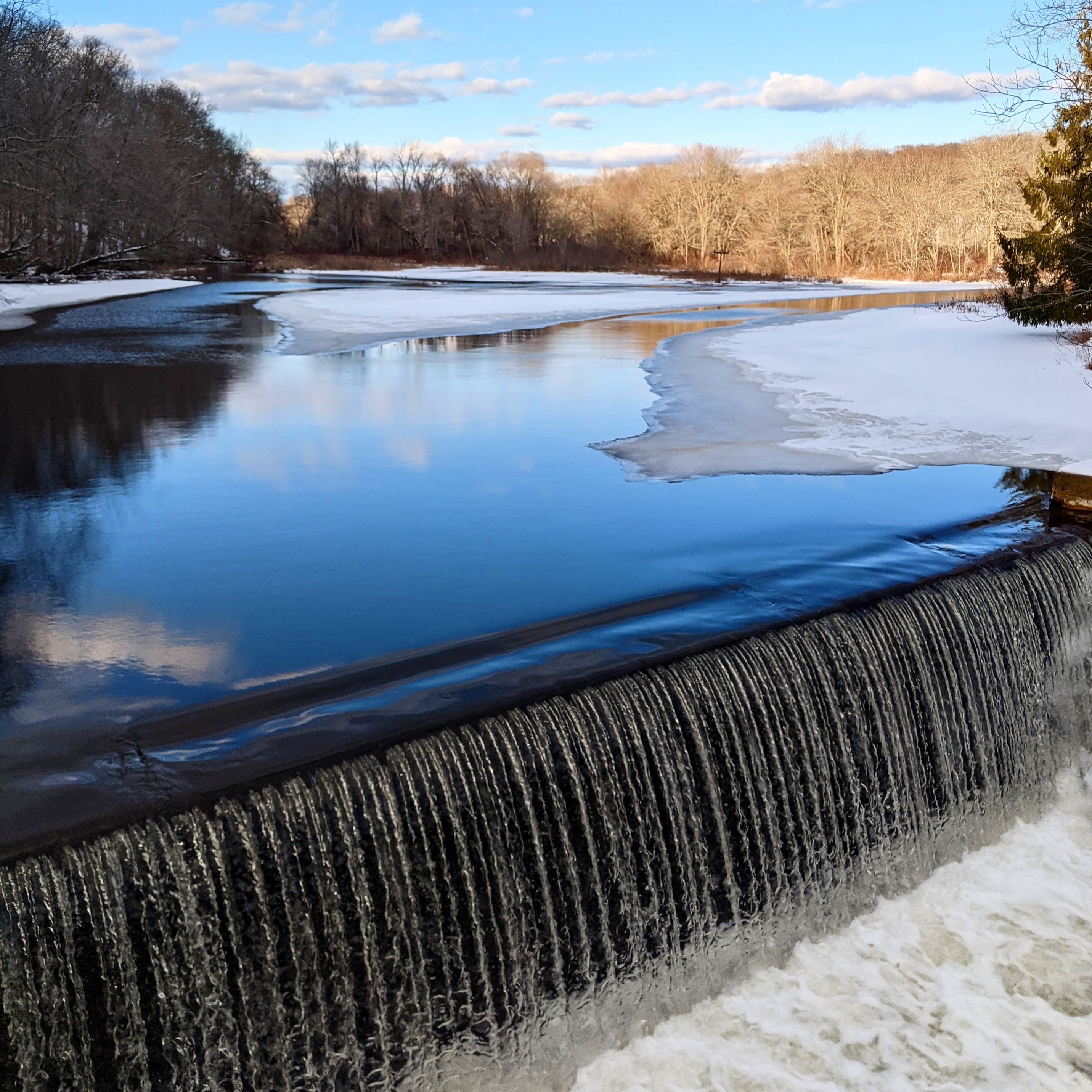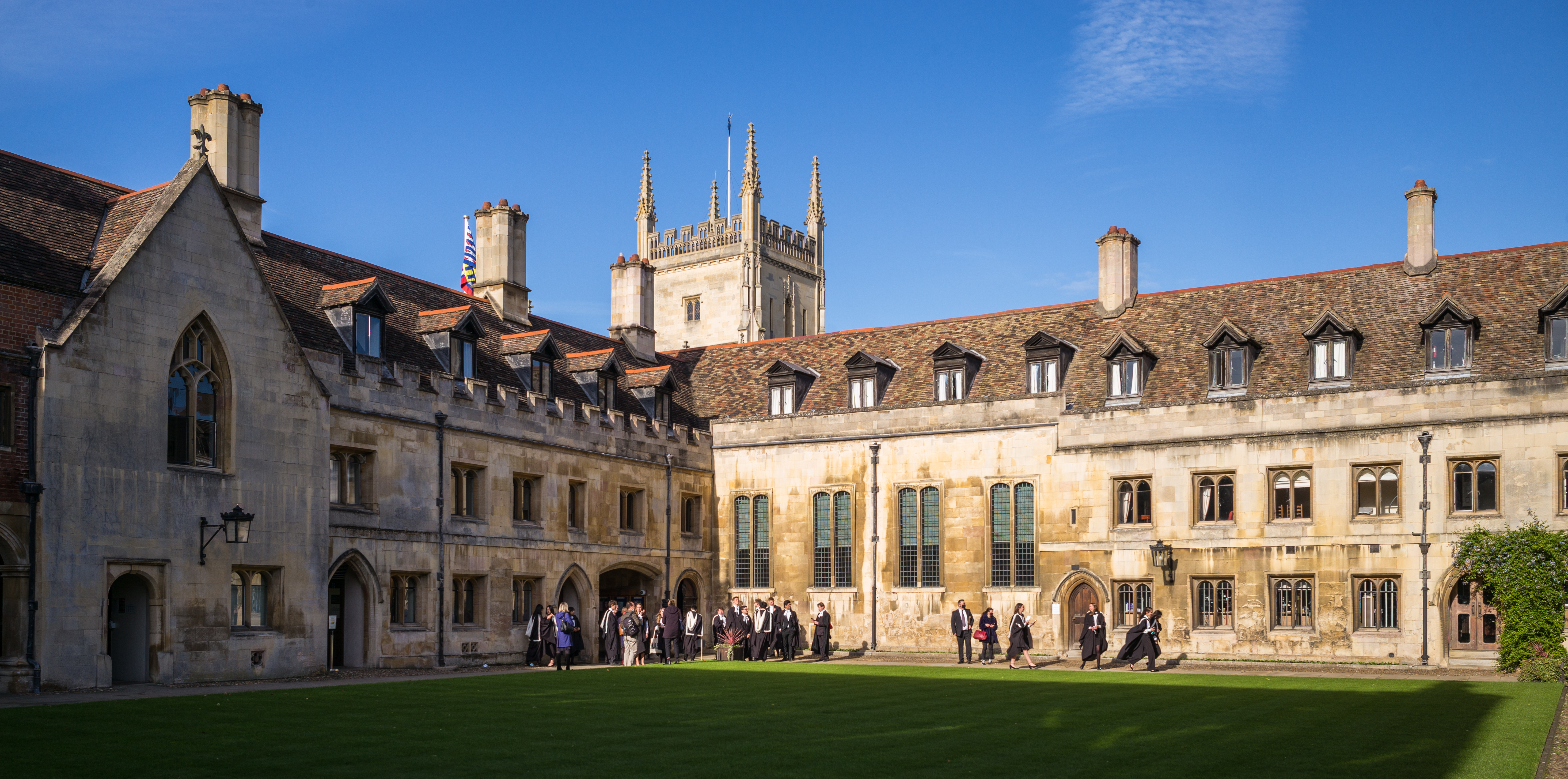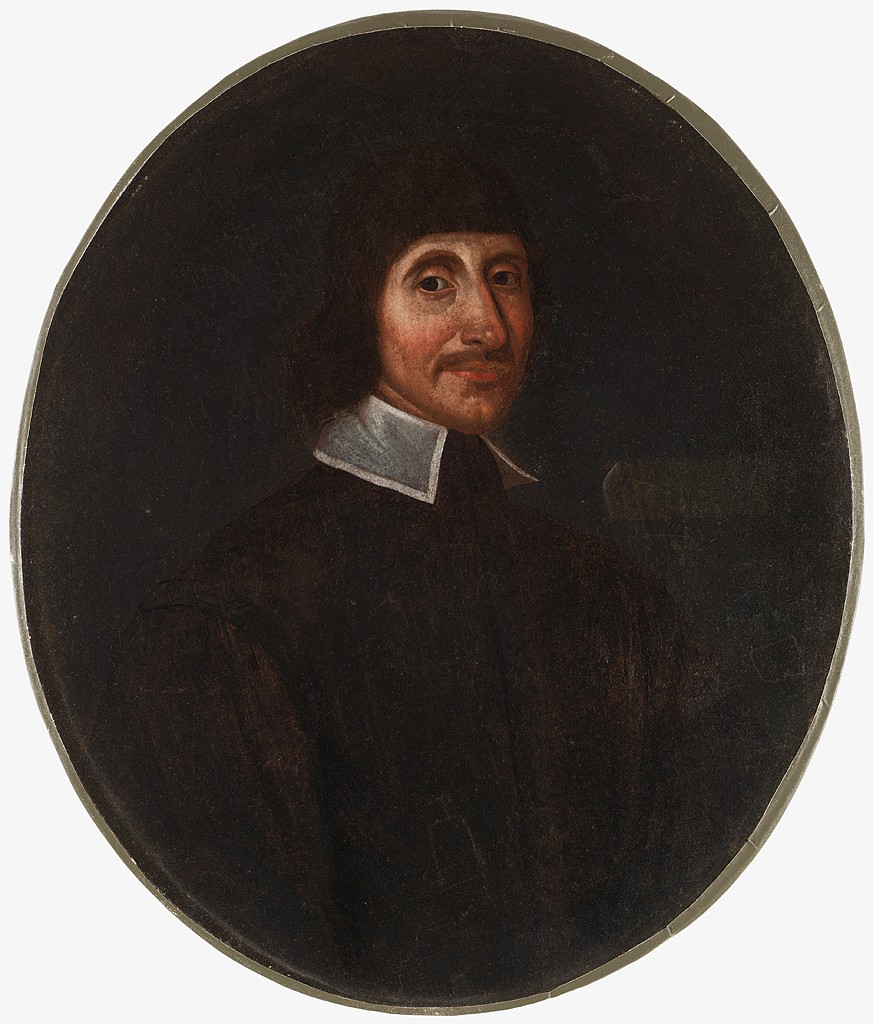|
Wequash
Wequash Cooke (also known as: Wequash Cook or Weekwash or Weekwosh or Wequashcuk) (died 1642) was allegedly one of the earliest Native American converts to Protestant Christianity, and as a sagamore he played an important role in the 1637 Pequot War in New England. Early life Wequash lived in Pasquishunk near the mouth of the Connecticut River and was the eldest son of Wepitanock, the sachem of the Niantic people and many historians presume that Wequash's mother was a Pequot because she was described as a "stranger" and not Niantic. Wequash was also a nephew of Chief Ninigret. In 1637 Wequash and Uncas united with the colonists of New England under Captain John Mason to fight the Pequots and witnessed the destruction of the tribe's fort by Connecticut militia and Indian allies during the Mystic massacre in Mystic, Connecticut. After the War, Wequash married many of the powerful Pequot women in an attempt to solidify his power. Wequash later deeded the land for the settlement o ... [...More Info...] [...Related Items...] OR: [Wikipedia] [Google] [Baidu] |
Harman Garrett
Harman Garrett (c. 1610 – c. 1678) (also known as Cashawashett or Wequashcook II or Herman Garrett or Harmon Garrett) was a Niantic sachem and then governor of the Eastern Pequots slightly east of the Pawcatuck River in what is now Westerly, Rhode Island. His chosen English name (taken by at least 1654) was very similar to that of Herman Garrett, a prominent colonial gunsmith from Massachusetts in the 1650s. Early life Garrett was the son of Eastern Niantic sachem Wepitanock (also known as Momojosbuck or Wettamozo) and his unnamed wife (who may have been a Pequot and died in 1648) and the grandson of sachem Saccious. Garrett was also the half-brother of Wequash Cooke, who helped the colonial military to defeat the Pequots during the Pequot War in 1637 before forming marriage alliances with several captured Pequot women. Either Garrett or his brother married the Pequot widow of Tattaopme and became stepfather of Tausquonawhut, the brother or nephew of Sassacus. Tausquonawhut (Tass ... [...More Info...] [...Related Items...] OR: [Wikipedia] [Google] [Baidu] |
Pequot War
The Pequot War was an armed conflict that took place between 1636 and 1638 in New England between the Pequot tribe and an alliance of the colonists from the Massachusetts Bay, Plymouth, and Saybrook colonies and their allies from the Narragansett and Mohegan tribes. The war concluded with the decisive defeat of the Pequot. At the end, about 700 Pequots had been killed or taken into captivity. Hundreds of prisoners were sold into slavery to colonists in Bermuda or the West Indies; other survivors were dispersed as captives to the victorious tribes. The result was the elimination of the Pequot tribe as a viable polity in Southern New England, and the colonial authorities classified them as extinct. Survivors who remained in the area were absorbed into other local tribes. Etymology The name ''Pequot'' is among the Algonquian Language, the meaning of which has been disputed among Algonquian-language specialists. Most recent sources claim that "Pequot" comes from ''Paquatauoq'' (t ... [...More Info...] [...Related Items...] OR: [Wikipedia] [Google] [Baidu] |
New England's First Fruits
''New England's First Fruits'' was a book published in London in 1643 about the early evangelization efforts by the Puritans in colonial New England in defense of criticisms from England that little evangelism was being pursued in New England. It was the first publication to mention Harvard College. Content The book describes various evangelization efforts and results, including the conversion experience of Wequash Cooke (d.1642) as allegedly the first Native American conversion to Protestant Christianity in New England. The book also describes the conversion of Dorcas ye blackmore, an early African slave to Israel Stoughton, who joined the First Parish Church of Dorchester First Parish Dorchester is a Unitarian Universalist church in Dorchester, Massachusetts. The congregation was founded by English Puritans who initially saw themselves as reformers rather than separatists, but increasingly intolerable conditions in ... in 1641 and evangelized her fellow Native American servant ... [...More Info...] [...Related Items...] OR: [Wikipedia] [Google] [Baidu] |
Wepitanock
Wepitanock (also known as Momojosbuck or Wettamozo or Aquawoce) (died after 1651) was an Eastern Niantic chief sachem. Wepitanock was likely Canonicus' nephew and was the older brother of Ninigret with whom he shared power. His sister was Queen Quaiapen. Wepitanock had at least one wife (whose name is unknown but who may have been a Pequot as she is referred to as a "stranger"). Roger Williams describes Wepitanock as Miantonomi's brother in law. Wepitanock had at least four sons and one daughter, who married her uncle Ninigret. Wepitanock's sons were Harman Garrett and Wequash Cooke and Tomtico and another unnamed son who died in 1650 according to Roger Williams Roger Williams (21 September 1603between 27 January and 15 March 1683) was an English-born New England Puritan minister, theologian, and author who founded Providence Plantations, which became the Colony of Rhode Island and Providence Plantation .... After Wepitanock's death Ninigret contested the claims to power of Wepit ... [...More Info...] [...Related Items...] OR: [Wikipedia] [Google] [Baidu] |
Lyme, Connecticut
Lyme is a New England town, town in New London County, Connecticut, New London County, Connecticut, United States, situated on the eastern side of the Connecticut River. The population was 2,352 at the 2020 United States Census, 2020 census. Lyme is the eponym of Lyme disease. History In February 1665, the portion of the territory of the Saybrook Colony east of the Connecticut River was set off as the plantation of East Saybrook, which included present-day Lyme, Old Lyme, Connecticut, Old Lyme, and the western part of East Lyme, Connecticut, East Lyme. In 1667, the Connecticut General Court formally recognized the East Saybrook plantation as the town of Lyme, named after Lyme Regis, a coastal town in the south of England. The eastern portion of Lyme (bordering the town of Waterford, Connecticut, Waterford) separated from Lyme in 1823 and became part of East Lyme. The southern portion of Lyme (along Long Island Sound) separated in 1855 as South Lyme (renamed Old Lyme in 1857). Both ... [...More Info...] [...Related Items...] OR: [Wikipedia] [Google] [Baidu] |
Mystic Massacre
The Mystic massacrealso known as the Pequot massacre and the Battle of Mystic Forttook place on May 26, 1637 during the Pequot War, when Connecticut colonizers under Captain John Mason and their Narragansett and Mohegan allies set fire to the Pequot Fort near the Mystic River. They shot anyone who tried to escape the wooden palisade fortress and murdered most of the village. There were between 400 and 700 Pequot civilians killed during the massacre, and the only Pequot survivors were warriors who were away in a raiding party with their sachem Sassacus. Background The Pequots were the dominant Native American tribe in the southeastern portion of Connecticut Colony, and they had long competed with the neighboring Mohegan and Narragansett tribes. The European colonists established trade with all three tribes, exchanging European goods for wampum and furs. The Pequots eventually allied with the Dutch colonists, while the Mohegans and others allied with the New England colonists ... [...More Info...] [...Related Items...] OR: [Wikipedia] [Google] [Baidu] |
Henry Whitfield (minister)
Henry Whitfield (c.1590-c.1657) was a Puritan minister who was a founder of Guilford, Connecticut and the first pastor there. His house, the Henry Whitfield House (c. 1639), is one of the oldest surviving American houses. Henry Whitfield was born in Wadhurst, England around 1590 and attended Oxford University. He left established Church of England and joined the Puritans and Independents as a pastor. He married Dorothy, daughter of Thomas Sheafe, by his first wife Mary Wilson (contract dated 1617). He migrated to New Haven, Connecticut in 1639 and signed the Guilford Covenant creating the town of Guilford on what was then called Menuncatuck with a deed from Wequash Cooke. Construction of his fortified stone house the Henry Whitfield House The Henry Whitfield House is a historic house located in Guilford, Connecticut, down the street from the town green. This house dates from 1639, having been built just before the town of Guilford was settled. It is the oldest house in Connec ... [...More Info...] [...Related Items...] OR: [Wikipedia] [Google] [Baidu] |
George Fenwick (Parliamentarian)
George Fenwick (1603?–1657), was an English Parliamentarian, and a leading colonist in the short-lived Saybrook Colony. Early life Fenwick was the son of George Fenwick of Brinkburn, Northumberland, and Dorothy, daughter of John Forster of Newham, was born about 1603. Fenwick was called to the bar at Gray's Inn on 21 November 1631, and admitted ancient on 24 May 1650. Settlement in America He took an active part in the scheme for colonising Connecticut, signed the agreement of the patentees with John Winthrop the Younger in 1635, and visited Boston in 1636. In 1639 he settled with his wife and family in the Saybrook Colony at the mouth of the Connecticut River, as agent for the patentees and governor of the fort of Saybrook. In 1642 upon the death of Native American leader, Wequash Cook, Fenwick took in Cook's son, Wenamoag, to raise, but it is unknown what happened to Wenamoag after Fenwick's wife died and Fenwick returned to England in 1645. Letters written by him during ... [...More Info...] [...Related Items...] OR: [Wikipedia] [Google] [Baidu] |
Roger Williams (theologian)
Roger Williams (21 September 1603between 27 January and 15 March 1683) was an English-born New England Puritan minister, theologian, and author who founded Providence Plantations, which became the Colony of Rhode Island and Providence Plantations and later the U.S. State of Rhode Island and Providence Plantations, now the State of Rhode Island. He was a staunch advocate for religious freedom, separation of church and state, and fair dealings with Native Americans. Williams was expelled by the Puritan leaders from the Massachusetts Bay Colony and established Providence Plantations in 1636 as a refuge offering what he termed "liberty of conscience". In 1638, he founded the First Baptist Church in America, in Providence. Williams studied the indigenous languages of New England and published the first book-length study of a native North American language in English. Early life Roger Williams was born in or near London between 1602 and 1606, with many historians citing 1603 as the pr ... [...More Info...] [...Related Items...] OR: [Wikipedia] [Google] [Baidu] |
John Winthrop
John Winthrop (January 12, 1587/88 – March 26, 1649) was an English Puritan lawyer and one of the leading figures in founding the Massachusetts Bay Colony, the second major settlement in New England following Plymouth Colony. Winthrop led the first large wave of colonists from England in 1630 and served as governor for 12 of the colony's first 20 years. His writings and vision of the colony as a Puritan " city upon a hill" dominated New England colonial development, influencing the governments and religions of neighboring colonies. Winthrop was born into a wealthy land-owning and merchant family. He trained in the law and became Lord of the Manor at Groton in Suffolk. He was not involved in founding the Massachusetts Bay Company in 1628, but he became involved in 1629 when anti-Puritan King Charles I began a crackdown on Nonconformist religious thought. In October 1629, he was elected governor of the Massachusetts Bay Colony, and he led a group of colonists to the New Worl ... [...More Info...] [...Related Items...] OR: [Wikipedia] [Google] [Baidu] |
Pequot People
The Pequot () are a Native American people of Connecticut. The modern Pequot are members of the federally recognized Mashantucket Pequot Tribe, four other state-recognized groups in Connecticut including the Eastern Pequot Tribal Nation, or the Brothertown Indians of Wisconsin.Pritzker, Barry (2000) ''A Native American Encyclopedia: History, Culture, and Peoples'', pp. 656–657. Oxford University Press. . They historically spoke Pequot, a dialect of the Mohegan-Pequot language, which became extinct by the early 20th century. Some tribal members are undertaking revival efforts. The Pequot and the Mohegan were formerly a single group, but the Mohegan split off in the 17th century as the Pequot came to control much of Connecticut. Simmering tensions with the New England Colonies led to the Pequot War of 1634–1638, which dramatically reduced the population and influence of the Pequot; many members were killed, enslaved, or dispersed. Small numbers of Pequots remained in Connecti ... [...More Info...] [...Related Items...] OR: [Wikipedia] [Google] [Baidu] |








